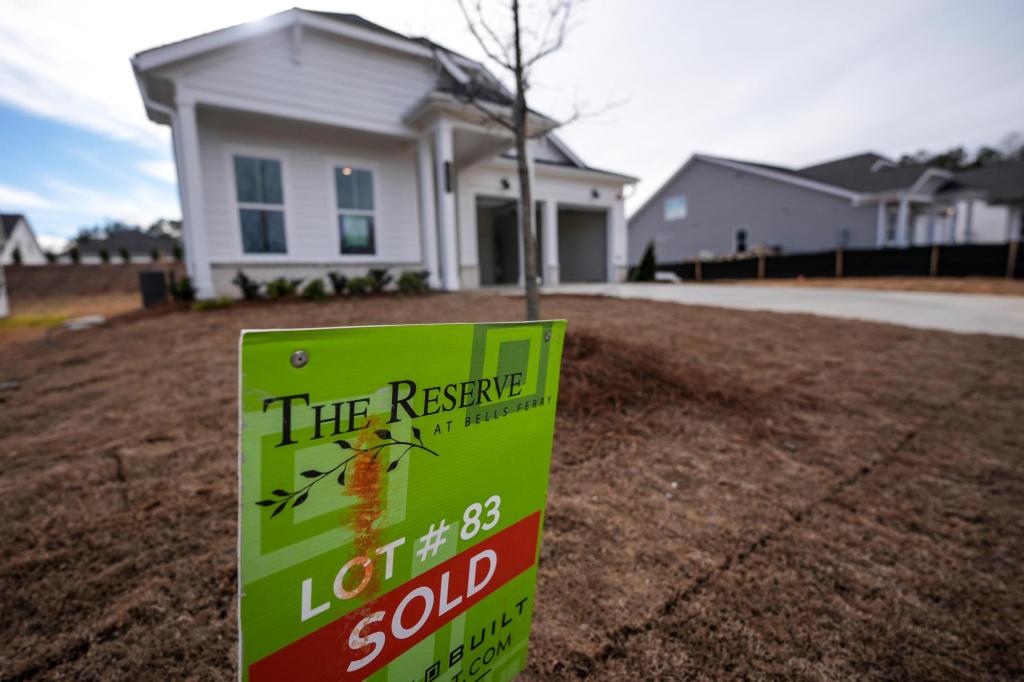
By ALEX VEIGA, AP Business Writer
MCCLEAN, Va. (AP) — The average rate on a 30-year U.S. mortgage eased for the third week in a row, a welcome trend for prospective homebuyers at a time when elevated borrowing costs remain a drag on the housing market.
The long-term rate fell to 6.81% from 6.84% last week, mortgage buyer Freddie Mac said Wednesday. A year ago, the rate averaged 6.87%.
Borrowing costs on 15-year fixed-rate mortgages, popular with homeowners refinancing their home loans, also fell. The average rate eased to 5.96% from 5.97% last week. A year ago, it was 6.13%, according to Freddie Mac.
Mortgage rates are influenced by several factors, from the Federal Reserve’s interest rate policy decisions to bond market investors’ expectations for the economy and inflation. The key barometer is the 10-year Treasury yield, which lenders use as a guide to pricing home loans.
The 10-year Treasury yield was at 4.35% at midday Wednesday, down from 4.58% just a few weeks ago.
The average rate on a 30-year mortgage has remained relatively close to its high so far this year of just above 7%, set in mid-January. The 30-year rate’s low point this year was in early April when it briefly dipped to 6.62%.
With the latest decline, the average rate is now back to where it was in mid-May, reflecting a recent pullback in bond yields.
High mortgage rates can add hundreds of dollars a month in costs for borrowers and reduce their purchasing power. That’s helped keep the U.S. housing market in a sales slump that dates back to 2022, when mortgage rates began to climb from the rock-bottom lows they reached during the pandemic.
Last year, sales of previously occupied U.S. homes sank to their lowest level in nearly 30 years. Sales remain weak this year, most recently dampening the spring homebuying season.
Elevated borrowing costs are also squeezing the new-home market. Homebuilders broke ground on fewer homes last month than economists expected, the government reported Wednesday.
A closely watched measure of homebuilder sentiment sank this month to its third-lowest reading since 2012, reflecting builders’ worries over the impact that mortgage rates and economic uncertainty are chilling demand for new homes.



